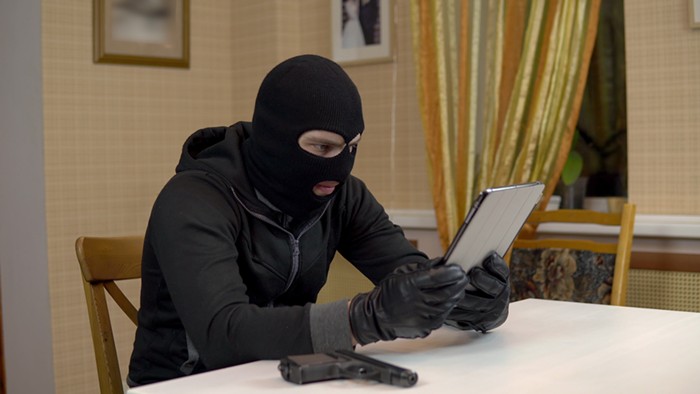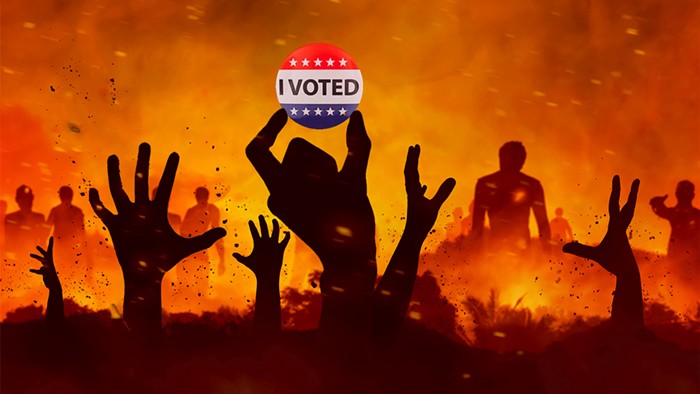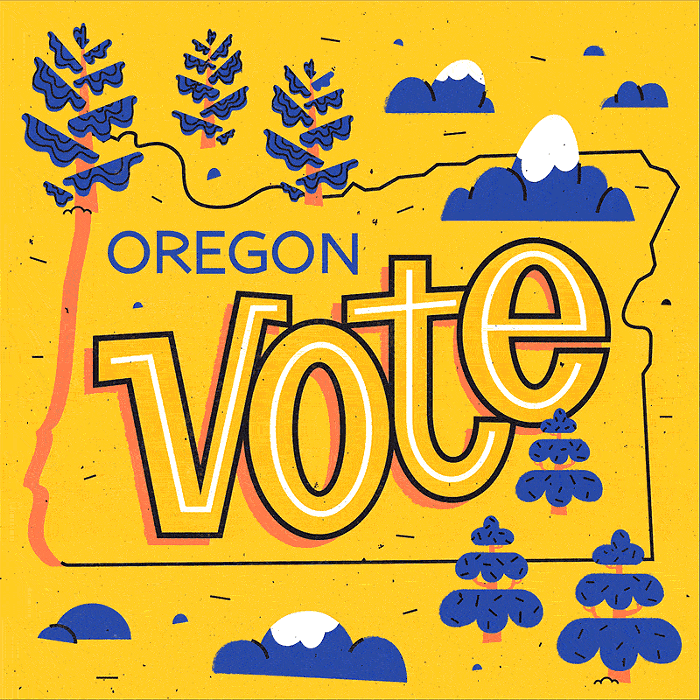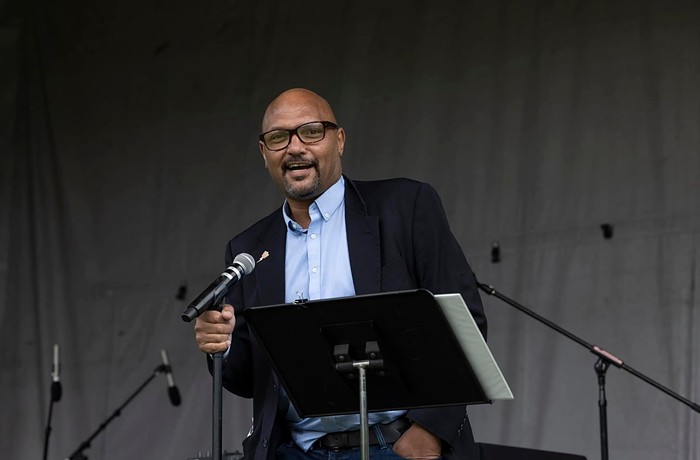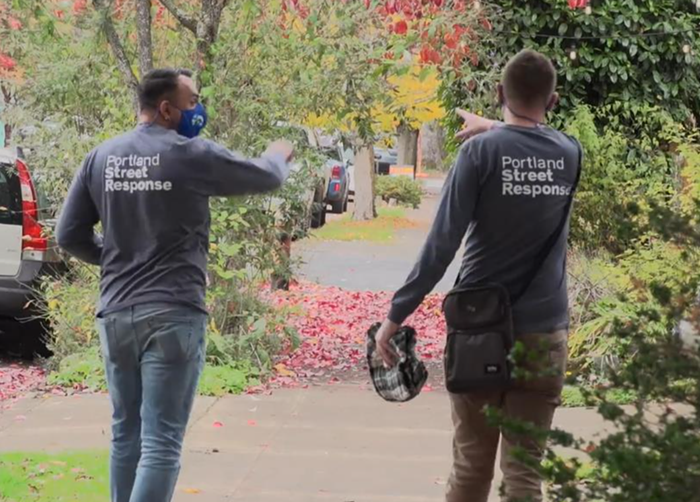Joel Edgerton might not be the first person you’d expect to make a movie based on Boy Erased, Garrard Conley’s memoir of his experience in gay conversion therapy. The writer/director has steadily staked a claim as a reliably terrific actor in action- and suspense-oriented fare; see Warrior, Zero Dark Thirty, Midnight Special, and It Comes at Night for proof. (Edgerton was also the sole redeeming factor of Netflix’s orc-cop buddy flick Bright, in which he, nearly unrecognizable under pounds of makeup, turned in a terrific, emotive performance about 1,000 times better than the movie deserved.) While Edgerton gives himself a juicy role in Boy Erased as the slightly deranged leader of a conversion therapy program, he’s otherwise content to give center stage to the film’s timely and important story. It stars Lucas Hedges as Conley’s stand-in, Jared Eamons, and Russell Crowe and Nicole Kidman as his well-meaning but conservative parents who send him away in a misguided attempt to turn him straight. The film is subtle and heartfelt in showing how good intentions—when they’re based on rancid, bigoted philosophies—can affect even the families that truly love each other. Edgerton spoke with the Mercury about the making of Boy Erased.
MERCURY: Your previous screenplays—including those for your brother Nash’s film, The Square, and your own directorial debut, The Gift—could be considered thrillers. Did taking on a true story about a social issue feel like a left turn for you?
JOEL EDGERTON: In many ways, yeah, it’s definitely a bit of a departure. Some of my tastes and interests in being an actor is about jumping all over the spectrum and not feeling like I can be pinned down to a certain brand. Some of the filmmakers that I’ve really admired do a similar thing—knowing that every time the Coen Brothers pushed a new film out into the world, it seemed like they were exercising their right to tell all sorts of stories, and Stanley Kubrick the same. My feeling is that I wouldn’t want to just keep making the same movie. I’ve always had an interest to do stuff that’s suspense- or genre-based, but even while The Gift was one-half a genre experience, it was also a drama. Boy Erased shares some elements—conversion therapy and some of the aspects of Garrard’s real-life story lend themselves to a real sense of fear. Some people do get a real sense of tension out of his story. I was trying to shy away from using genre tropes to express it, but there are trope elements in the music and some of the use of camera. I’d come out of The Gift thinking I’d really love to do a drama and that I’d love to put a positive message into the world—albeit one that you have to go through quite a bit of frustration and despair in order to get to that positive place. So yeah, it was a new thing for me, but it was exciting, and I’m sure the next time I make a movie it’ll be a whole other bag altogether.

What drew you to this story?
The book really got under my skin and I became obsessed with it—truly obsessed, in that I was thinking about it daily. I was determined to meet Garrard, and then it seemed like every day, I was doing things towards helping realize turning the story into a film in whatever capacity I could. After a while I realized that nobody else was going to write or direct his story, because the book had been on the shelf for a whole year, so I just started writing.
What elements of Conley’s memoir did you think would translate effectively to film?
There’s a large percentage of people, like me, who are fascinated by institutions, and that’s one half of the movie. The other half is something we can all relate to, which is the need for families to communicate, and the question of whether families can stay together based on their differing views and feelings, and the drama that can take place under one’s roof. So I thought there was a lot in this story that was worth making into a film, in that it was relatable on many levels. You know, there’s the fear aspect of being locked up, and that was a big fear for me as a child, which is part of my fascination with institutions. Garrard’s story is what I would say is a doubly fearful thing, because in my own fear of institutions, it was my parents that would be my protectors and save me from ever being locked up, but in Garrard’s story it was his parents that allowed and encouraged him to be (somewhat) locked up.

Was it difficult keeping the parents as sympathetic characters even as they’re pushing their son into conversion therapy?
Not really. That’s the way Garrard wrote his book. The concept of being crowded into your own kitchen by your father and your church elders, and being told that you were no longer welcome to live in the family if you weren’t willing to agree to this practice, it’s such a big, dark thing to be told. But I’ve met the real man, Hershel Conley, and there was a lot of pain behind that decision. It wasn’t an easy decision; they didn’t just stop loving their son. They felt that they could help him in some way, which is what I think is the backward sort of irony of the situation. And I just realized from reading the book, it was far more complicated than I would have imagined from the outside. Once I’d read the story, [I thought] what’s crazy is that everybody thought they were doing the right thing, everybody thought they were trying to help. And of course the crux, or the catch-22, is that Garrard didn’t need any help. So what the film hopefully can do is help the people who really need it, which are parents making decisions about young people in need of acceptance.
I think of conversion therapy as primarily an American issue, but as an Australian, you probably have a broader perspective.
If you have a moment after we talk, just Google “Australia conversion therapy.” There was a report just released about the prevalence of conversion therapy and the existence of at least 10 places or facilities in Australia. And in terms of the walking back of LGBTQ people’s rights, the government were outed for having backroom discussions about passing a law that would allow schools to fire openly gay teachers and give certain schools the right to expel students who were openly gay. And in certain other countries, the prospect of being openly gay is actually a life-threatening situation or a case for imprisonment. All over the world, there are relatable issues.

Apart from Conley’s involvement, were you in communication with the LGBTQ community during filming?
It was very important for us to have allies throughout making the film. Just for my sake as well, just to know that I was representing them in the right way. GLAAD were with us from the very beginning. I shared my screenplay with them before I went into production. And we invited to the set the Trevor Project, the Mattachine Society, and various LGBTQ groups, spokespeople, and bloggers. It was important for us to have their eyes on the project in terms of representation, and their support in moving forward. I think that was crucial.
How are you overcoming the difficulty of getting the movie in front of audiences who need to be challenged by it?
I feel like I need to see if I can get a berth on Fox and Friends and risk putting myself under criticism by being gentle enough to plead my case. It’s a really great question: How do you get to the right “wrong” people, or how do you get the message through to the other side? Because movies often do become a preach-to-the-converted sort of art form. There are parents who could be curious enough to see it, and sometimes all it takes is one parent out of two. And it’s an identifier for young people. I think it’s always good if there’s cinema that can speak to people. Quite often if you’re in a minority and in this kind of situation—or even if you’re not at risk of going to conversion therapy, but there’s just an air of bigotry or lack of understanding in your household or social group—it’s great to go and see a story where you realize you’re not alone. I had a young man in Telluride say to me, he was maybe like 22, and he said, “If only a film like this existed when I was 15.” The hope is that there’s a chance that this film can contribute to a conversation and add a voice to the chorus of people to shut down these institutions once and for all.
